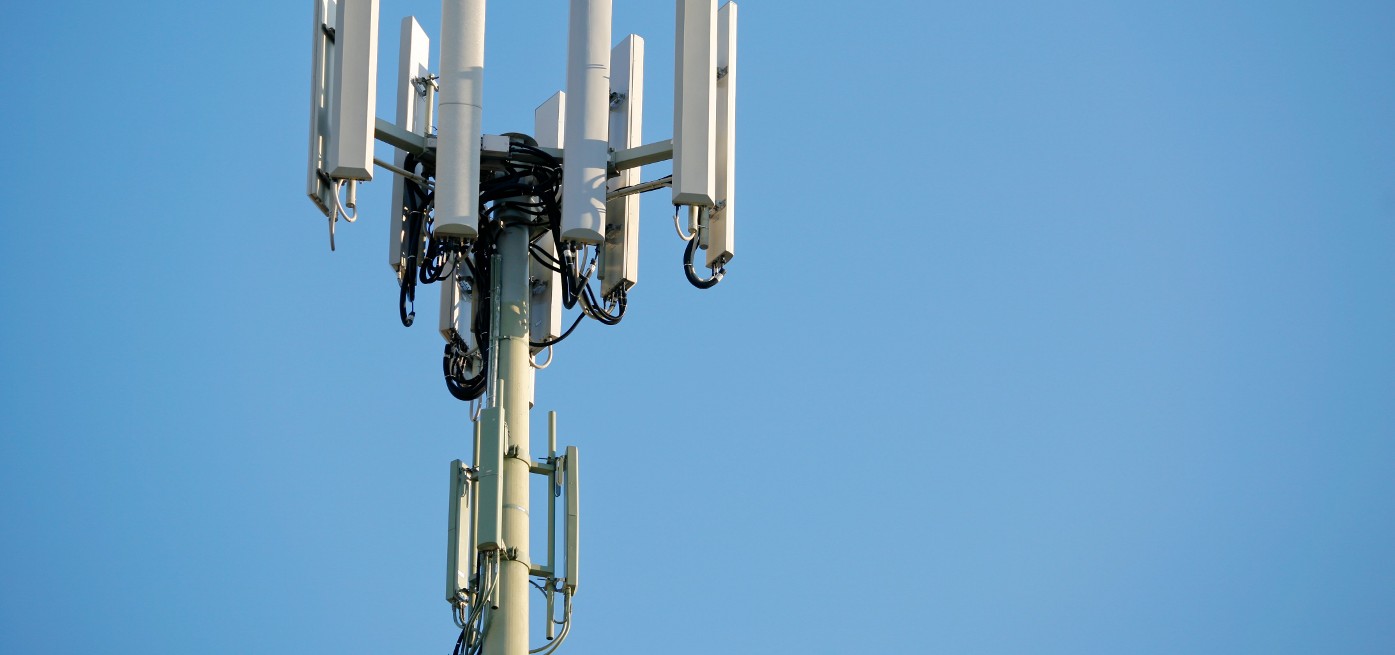
Buying Guide for Portable Signal Jammers
Key Takeaways Consideration Detail Product Weight Jammer Master’s portable jammers average 1.5Kg, significantly lighter than desktop models. Frequency Bands Capable of blocking multiple bands with
Free Worldwide Shipping & 1-Year Warranty!

In recent years, with the increasing awareness of privacy, many places have installed Cell Phone Jammers. However, sometimes people encounter a problem where the jammer is turned on, but the mobile phone still shows a signal. This article aims to explore the reasons behind this issue and provide possible solutions.
When a mobile phone displays a signal and functions normally, such as making calls or using social media apps, despite the jammer being turned on, it indicates that the jammer is not effectively blocking the signal. In such cases, if the phone loses signal when brought closer to the jammer, it suggests the presence of a nearby base station or signal amplifier. This further implies that the current jammer being used is unable to meet the specific signal blocking requirements of the location. In such scenarios, installing high-power jammers may be necessary to achieve the desired signal blocking effect.
If a mobile phone displays a signal but experiences poor call quality, it suggests that the signal blocking effect of the jammer is at a critical state. Although there is some blocking effect, the range of signal blocking is unstable. Similar to the previous case, if the phone loses signal when brought closer to the jammer, it indicates the presence of a nearby base station or signal amplifier. This situation may occur due to the varying signal strength from the base station to the location where the jammer is being used. Additionally, certain phones with strong anti-interference capabilities may also experience this issue. To address this, installing additional high-power jammers can help stabilize the signal blocking range.
When a mobile phone displays a signal, but in reality, it cannot make calls or access the internet, and suddenly shows no signal or limited service during a call, it can be concluded that the displayed signal is false. In such cases, the phone is actually being blocked by the jammer. This situation can also be identified if the phone loses signal when brought closer to the jammer. The size of the signal blocking range of a Cell Phone Jammer depends on the strength of the mobile signal in the location where it is being used. In areas with strong mobile signals, the jammer’s blocking distance will be shorter, while in places with weak signals, the jammer’s blocking distance will be greater.
Understanding the reasons behind the ineffectiveness of Cell Phone Jammers is crucial for ensuring their proper usage. Inadequate signal blocking range, unstable signal blocking effectiveness, and false signal display are the common issues that users may encounter. By identifying these problems, appropriate measures such as installing high-power jammers can be taken to enhance the signal blocking capabilities and protect privacy effectively.
Our frequency checker tool will help you check all frequency bands used in all country.

Key Takeaways Consideration Detail Product Weight Jammer Master’s portable jammers average 1.5Kg, significantly lighter than desktop models. Frequency Bands Capable of blocking multiple bands with

In an age where the sky is dotted with drones, the importance of drone jammers has never been more significant. From commercial deliveries to personal

Protect your vehicle’s location privacy with a professional guide on GPS jammers. From selection to legal considerations and installation tips, we’ve got you covered. Key

Understanding Signal Blocker: How It Works and Its Applications Signal Blockers are devices that can disrupt mobile phone signals, preventing them from connecting to base

The Application and Benefits of High-Power Signal Jammers Enhancing Signal Blocking Efficiency in Various Environments In today’s technologically advanced world, the need for effective signal

Considerations for Purchasing Exam Room Signal Jammers Ensuring Effective Signal Jamming for Exam Integrity As the year approaches its end, many schools are preparing for

The Importance of Monitoring and Signal Interference Measures During Examinations During examination periods, it is crucial to closely monitor the examination venues and their surrounding

Selecting the Appropriate Cell Phone Jammer for Theaters and Auditoriums Overcoming Challenges in Installation and Maximizing Signal Disruption The Importance of Cell Phone Jamming in

Remote Control of Cell Phone Jammers via Smartphone: A Possibility? With the rapid development of the Internet of Things (IoT), numerous smart home devices have